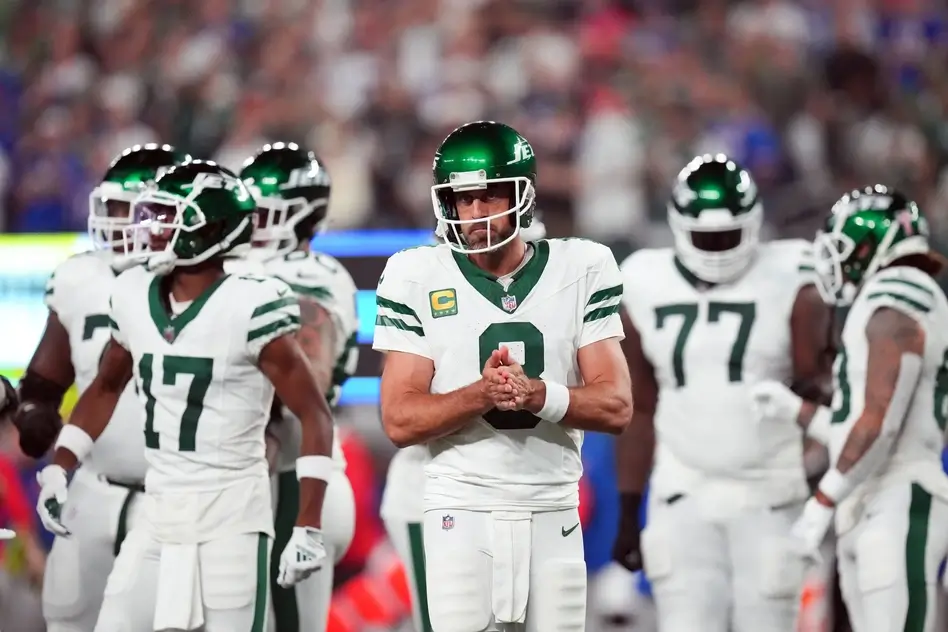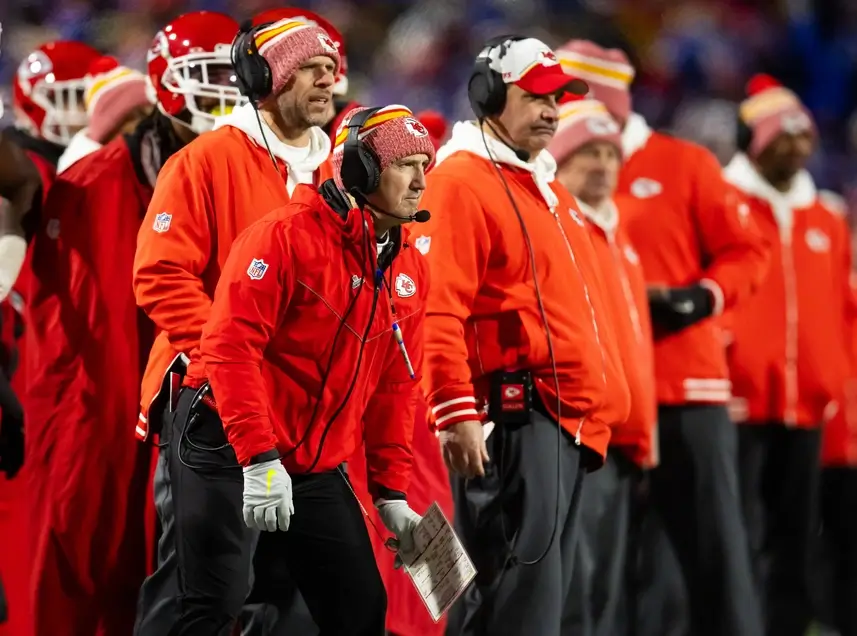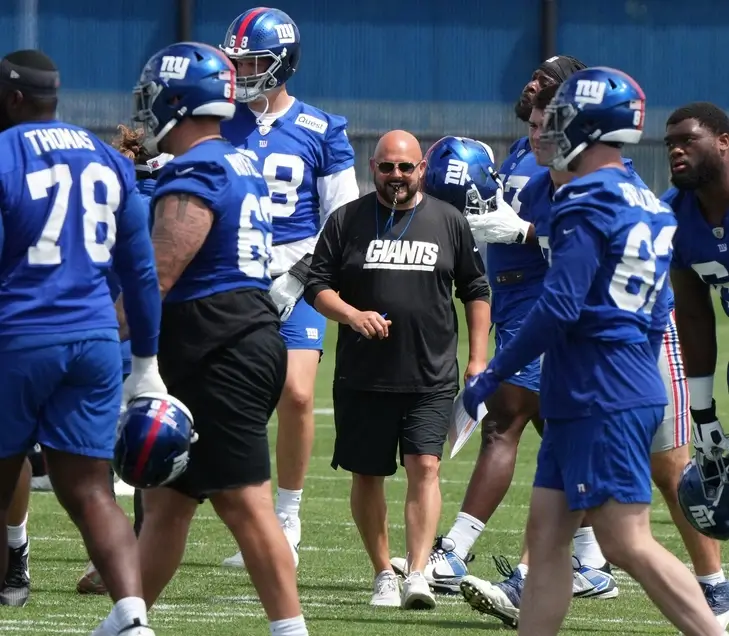Most fans who are new to American football need to have the NFL waiver claims explained, as it’s not something that we see in other sports leagues, especially in soccer.
Chances are that you’ve heard that a team has put a given player on waivers, or that a club has claimed a player off waivers. But, what does that even mean? What’s the difference between being waived or being released? And how does a team even claim a player off waivers?
NFL waiver claim explained
So, don’t worry. If you’ve wondered this in the past, then you’ve come to the right place.
Look no further, as we’re going to have the NFL waiver claims explained in the following paragraphs to clear those doubts once and for all.
How do NFL waiver claims work?
Teams put players on waivers when they no longer have use for them on their rosters and can’t find a trade suitor for them. The rest of the teams have a designated NFL waiver claim order and can make a claim for that player, with the team with the higher priority eventually landing him.
There’s also a waived/injured designation that lets the rest of the league know that the player was waived and injured. If no team claims him off waivers, then the player will go back to his former team’s Injured Reserved list until the end of the season.
How is the NFL waiver order decided?
The NFL waiver claim order is determined by draft order, meaning that the team with the worst record in the league will have the highest waiver priority, and so on.
That’s why it’s unlikely that contending teams will have a shot at claiming a player off waivers and would most likely have to wait until he clears waivers instead. On the same note, struggling teams are unlikely to submit an NFL waiver claim for a star as he’s not likely to be interested in playing for them.
What is the difference between being waived and released?
This is perhaps the biggest point of confusion for new fans. What’s the difference between being waived and being released and why should a team do one or the other? Contrary to what most people believe, waived and released aren’t the same.
When a player has less than four years of accrued seasons in the NFL, he has to get waived. An accrued season is a year in which a player spends six or more weeks on the team’s 53-man roster. If the player doesn’t mean that criteria, then he must be released. However, all players, including veterans, must clear waivers if they’re cut after the trade deadline.
When the player is released, the contract is terminated and said player is free to sign with whichever team he pleases. When the player is waived, on the other hand, his contract isn’t terminated, as the team who claims him off waivers will have to pay the remainder of his salary for that season. Should no team claim him in the designated period, then he’ll become a free agent.
Do waived players get paid?
When a team waives a player, the franchise is still obliged to fulfil the contractual obligations. So, if a player has a certain amount of guaranteed money on his contract, the team that waived him must pay him if no other team picks his contract up.
Should a team successfully claim him off waivers, then that team has to pay the remainder of the player’s contract for that season. That’s why, more often than not, players with big contracts aren’t claimed off waivers and are signed later as free agents instead.








